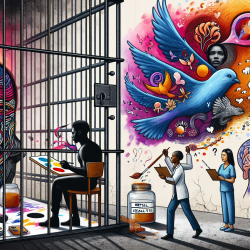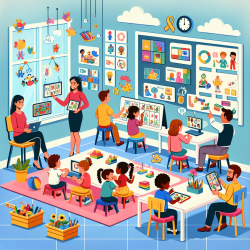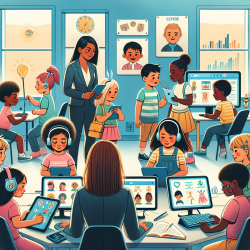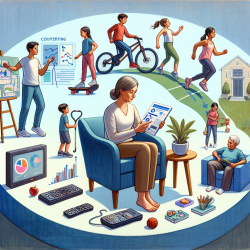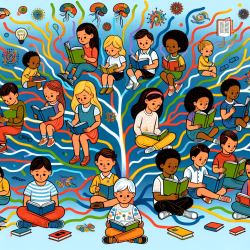Art and Empathy: Unlocking Change from the Inside Out
In the realm of education and therapy, the integration of art as a transformative tool is gaining momentum. The research article "Inside Out: Change Through Art" by Haffmans and McFalls (2020) delves into the profound impact of art on incarcerated women in Minnesota, revealing its potential as a catalyst for personal and societal change.
Over the past three decades, the incarceration rate of women in Minnesota has surged by 900%, highlighting a pressing need for interventions that address the unique challenges faced by these women. The study explored the effects of art projects, specifically handwriting as a form of visual art, on women in county jails. The findings are promising, offering valuable insights for practitioners seeking to enhance their skills and impact.
The Power of Art in Incarceration
The research involved 223 women from four county jails who participated in artist-led handwriting and visual art sessions. These sessions encouraged the women to express their thoughts and emotions through creative means. The results were overwhelmingly positive, with 94% of participants reporting a positive impact, 94% recommending the program to others, and 93% expressing a desire to engage in more art projects.
Art not only provided an outlet for self-expression but also fostered a sense of community and empowerment among the participants. The process of creating art allowed these women to reclaim their voices and share their stories, which is particularly significant given the societal marginalization they face.
Art as a Tool for Social Awareness
The impact of the art projects extended beyond the incarcerated women to the public who viewed the resulting exhibitions. More than 1,000 sculptures incorporating the women's original scripts were displayed at various venues, including law schools and public libraries. The exhibitions aimed to raise awareness about the mass incarceration of women and the need for systemic change.
- 93% of viewers reported increased awareness of the issue.
- 88% acknowledged the humanity behind the scripts.
- 86% agreed that action is needed to address the problem.
These findings underscore the power of art to evoke empathy and inspire action. By humanizing the experiences of incarcerated women, the exhibitions challenged viewers to reconsider their perceptions and advocate for change.
Implementing Art-Based Interventions
For practitioners in the field of special education and therapy, the insights from this study offer valuable guidance. Implementing art-based interventions can enhance therapeutic outcomes by providing a platform for self-expression and emotional healing. Moreover, art can be a powerful tool for advocacy, raising awareness about social issues and fostering empathy among diverse audiences.
Practitioners are encouraged to explore further research on the integration of art in therapeutic settings. By staying informed about the latest developments and collaborating with artists and educators, professionals can enhance their practice and contribute to positive social change.
To read the original research paper, please follow this link: Inside Out: Change Through Art.
